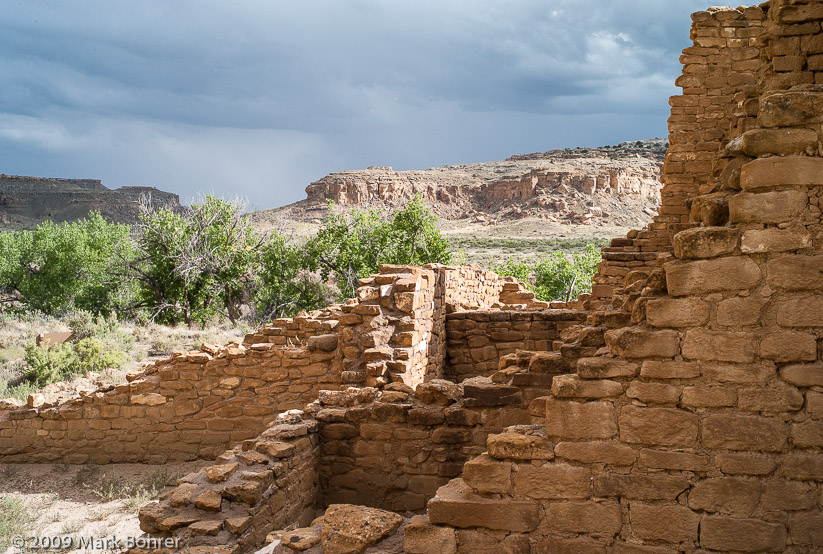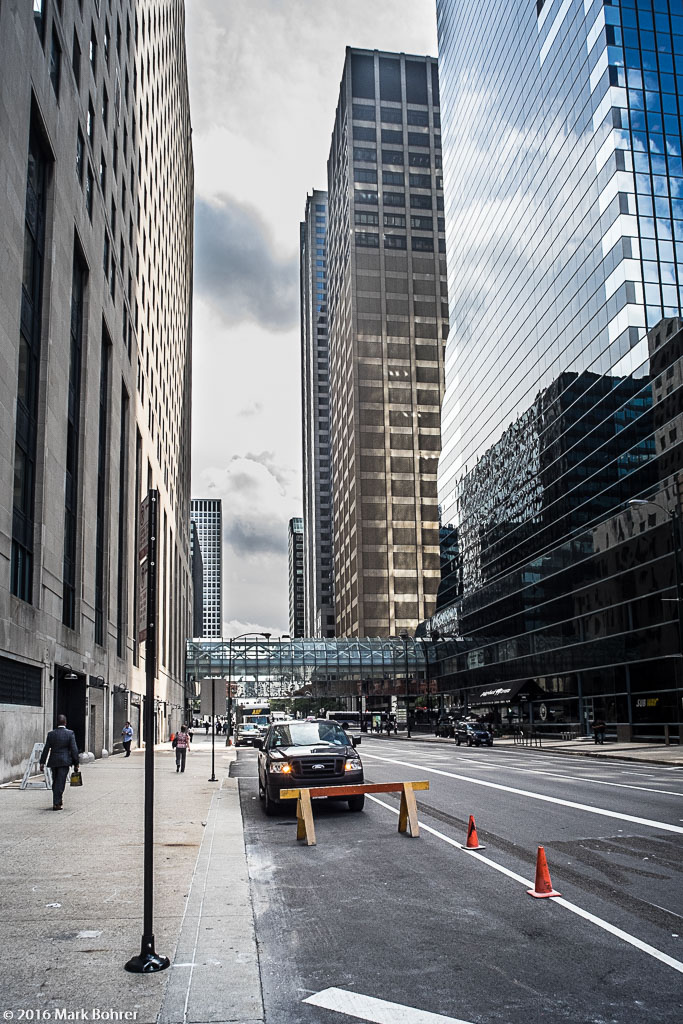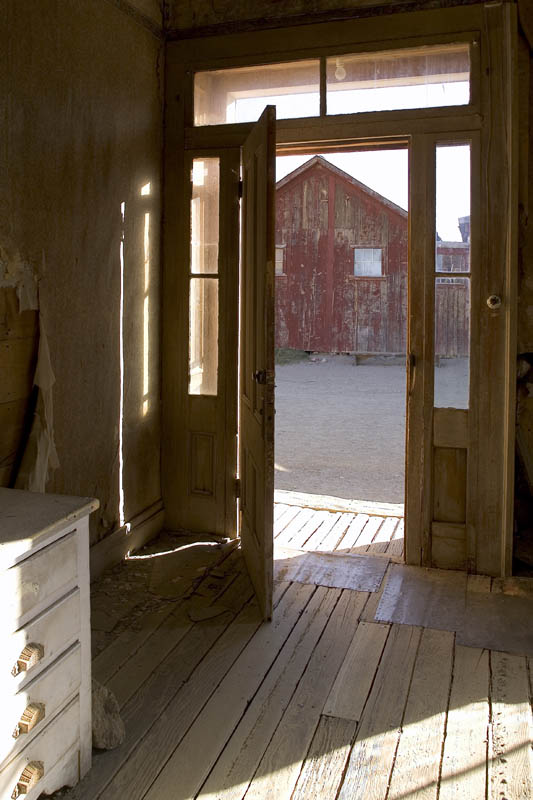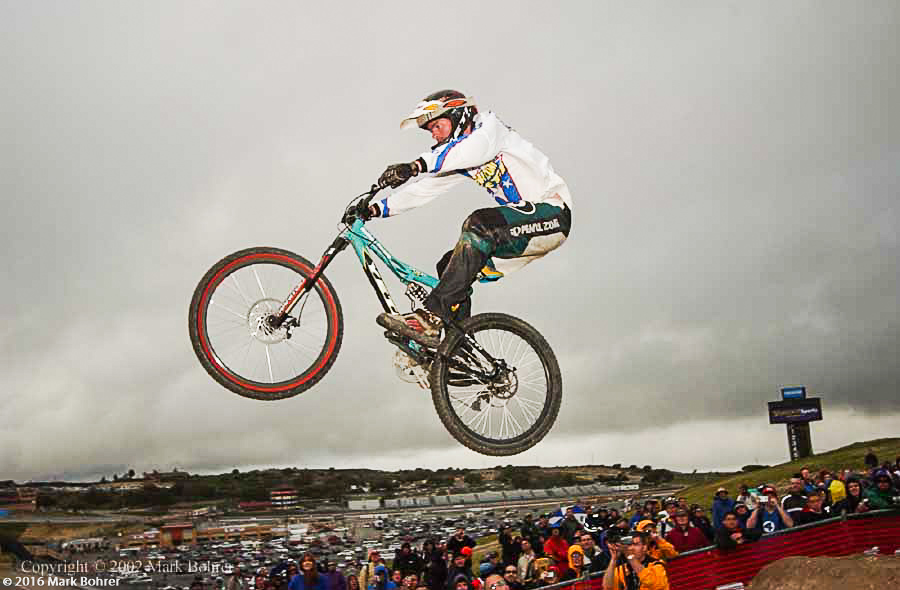|
Universal Advice From An Older Brother It was 1973, and I was a high school senior. I’d written my brother for advice on courses for an engineering degree, and he sent back a daunting schedule that would get me a BSEE in three years. The letter ended with “Hopefully, it’ll be enjoyably sweaty.” Consciously or not, that advice has guided me in many ways since. Improving your skill at anything takes awhile, but it’ll be fun getting there if you have a passionate interest. When I found my grandfather’s Leica M3 camera and some lenses in the basement in 1969, I discovered how to be a better shooter through lots of trial and error plus cheap-to-shoot-and-develop B & W film. 
|
| Click to download yours. |
|
Pro-Level Guidelines Developing photographic skill is even cheaper with digital, but it still takes time. To jump-start your progress, these are my hard-learned guidelines for improvement: * Get rid of extra ‘stuff’ in your pictures. Shot design should be simple, with viewer attention drawn to an obvious subject. * Photograph pieces of subjects suggesting the whole.  Kin Kletso, Chaco Canyon, New Mexico * Choose great backgrounds – blue sky is boring. * Choose simple lines and shapes to lead a viewer’s eye into and around your picture.  Near Wacker and Wells, Chicago * Choose elements giving a sense of place. * Tell a story – the who, what, when, where, how of your subject. If the picture works well, viewers will begin asking those questions about your subject.  Bodie Ghost Town, California * Don’t be an equipment junky. You can take great photographs with a used $99 film camera like a Yashica MAT-124. It’s a bit more expensive up front but a little easier with a Canon EOS Rebel and 18-55mm kit lens, or the Nikon / Sony / Pentax equivalent. * Photograph your passion. That could be bike races, birds, your family, or mountain landscapes, but choose something. I started photographing events in my life. Just saving the memories in black and white was cool.  Nathan Rennie flies, 2001 Sea Otter Classic, Laguna Seca, California * Trust your gut. After awhile, you’ll know a good picture from crap. If you don’t like it, don’t shoot it. As Moose Peterson once told me, “The professional knows when NOT to shoot the picture.” * Spend time at it. It can take around 10,000 shooting hours to develop a professional’s visual storytelling eye and technique to translate it into pictures. Will it be enjoyably sweaty? That depends on you. It helps to be a man (or woman) on a mission. I took some of my brother’s advice and finished my BSEE in three years, did the master’s course work in the fourth year, and had my first engineering job right after that. I was really curious about how circuits worked. That curiosity led to a successful 25-year engineering career. |
(408) 483-3782
Curious about how to shoot ruins?(408) 483-3782

Recent Comments